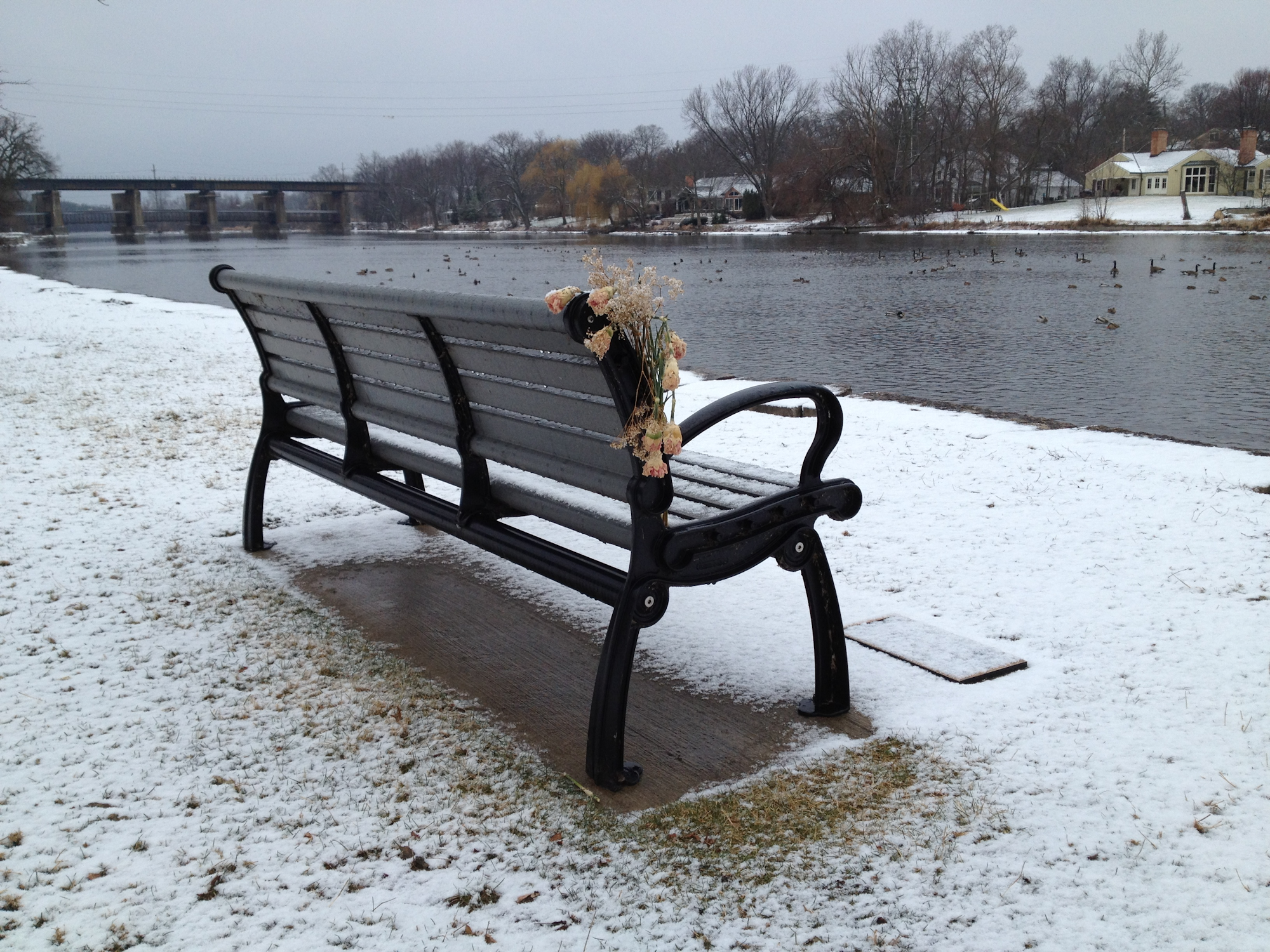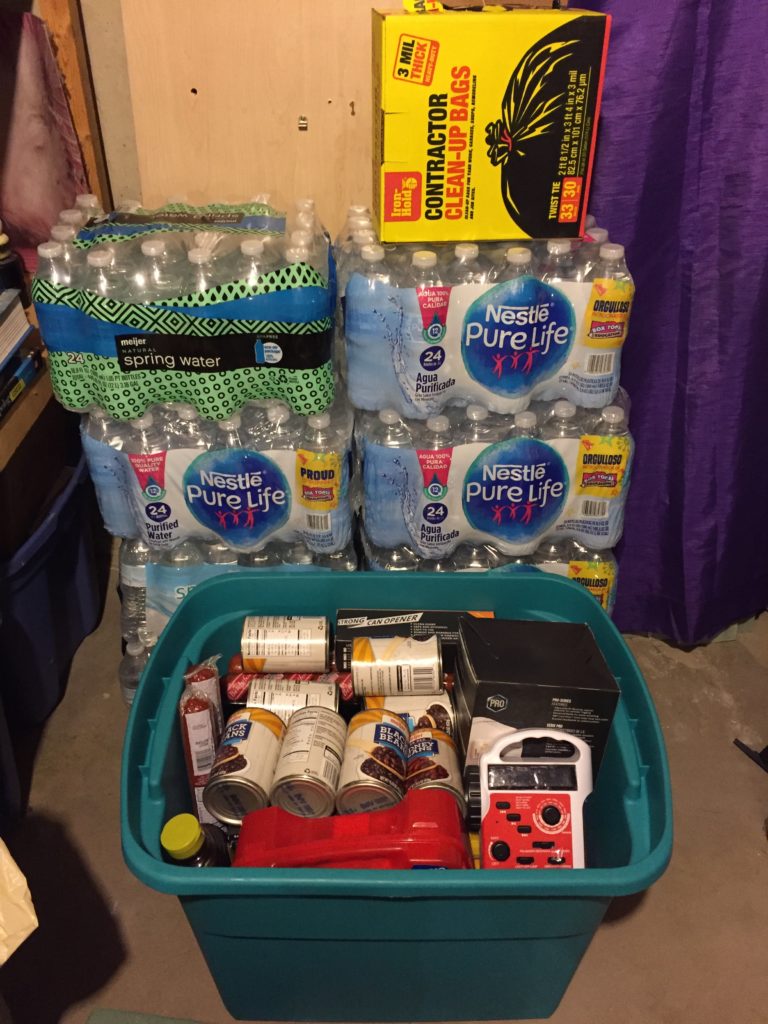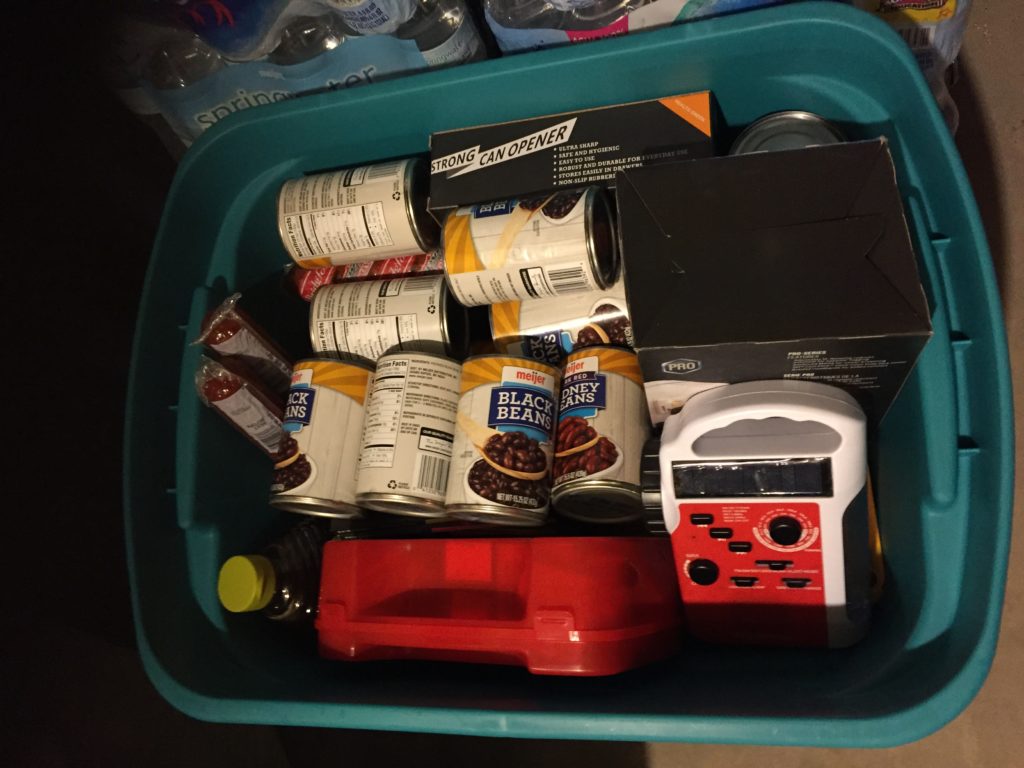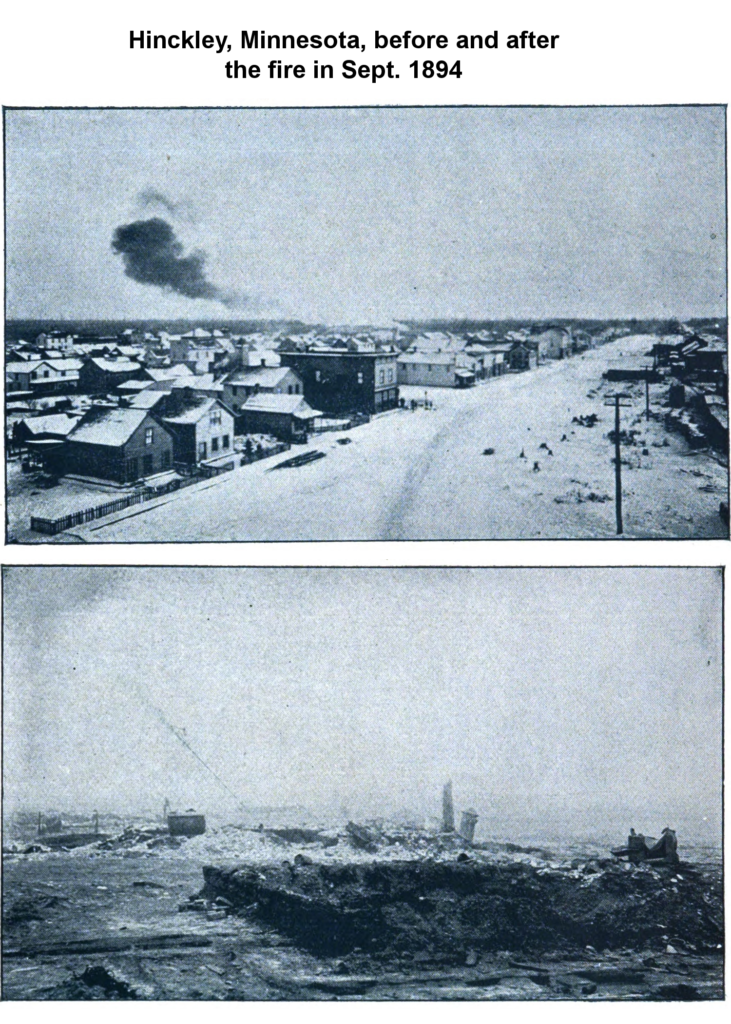
Hinckley, MN, 1894. The top photo was taken before the fire consumed the town. The photo on the bottom was taken after the fire. Photos from A History of the Great Minnesota Forest Fires, Sandstone, Mission Creek, Hinckley, Pokegama, Skunk Lake by Elton T. Brown.
For Building Safety Month, which was in May, I looked for some books I could read to help me better understand disasters and resiliency. After compiling a list of about four or five books, I started this month on my reading. The first book I read was Under a Flaming Sky, The Great Hinckley Firestorm of 1894 by Daniel James Brown. It tells the story of how a hot, dry weather period and practices of the logging industry converged to create and feed a devastating fire that burned its way north through Minnesota in early September of 1894. And it tells the story of the people who faced that fire, some who survived and many who did not.
The book was a little slow at first as it introduced people and set the stage for the fire event. However, once I got to the point where the fire was roaring towards the town, I could not put it down and had to read to the end. Looking back, I liked that the author weaved together the people and facts of the town, weather, geology and topography of the area, fires in general, and the railroad. All of this helped me better understand the event and its impacts which were horribly devastating.
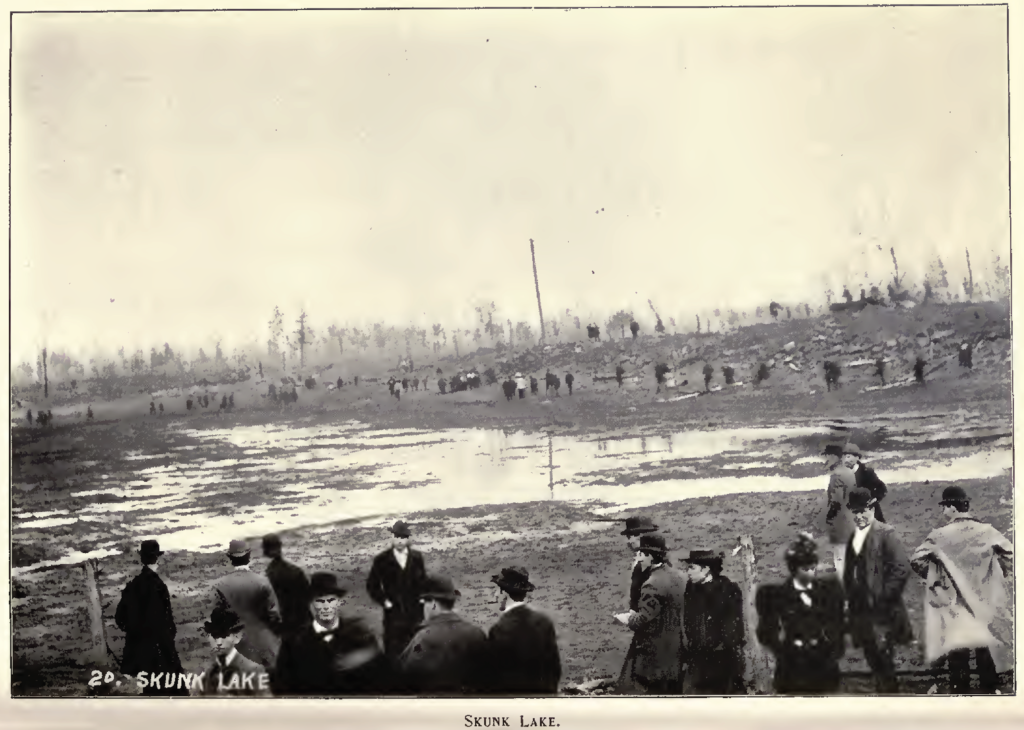
There seems to be several books of contemporary information about the fire along with others written more recently. Below are just a few which includes the one I read. The older ones can be read online for free, but newer books may need to be purchased or checked out from a local library. If your local library does not have a book, you can also request it from the National Emergency Training Center Library through an interlibrary loan:
A History of the Great Minnesota Forest FiresSandstone, Mission Creek, Hinckley, Pokegama, Skunk Lake by Elton T. Brown
Memorials of the Minnesota forest fires in the year 1894 : with a chapter on the forest fires in Wisconsin in the same year by William Wilkinson (this book has several photos of the area and several of the people impacted by the fire)
From the Ashes: The Story of the Hinckley Fire of 1894 by Grace Stageberg Swenson
Under a Flaming Sky, The Great Hinckley Firestorm of 1894 by Daniel James Brown
There is also a museum in Hinckley which tells the story of the fire. You can check out their website at http://hinckleyfiremuseum.com/. If I make it to that area of Minnesota, I am definitely stopping by the museum to learn more.
Overall, the book made me more aware of the history of the area, weather patterns through history, and how human nature, preparedness, weather, and industries can impact resiliency. While the story is disturbing, I really liked the book and would recommend it to anyone interested in fires, disasters, and resiliency of both individuals and communities.
